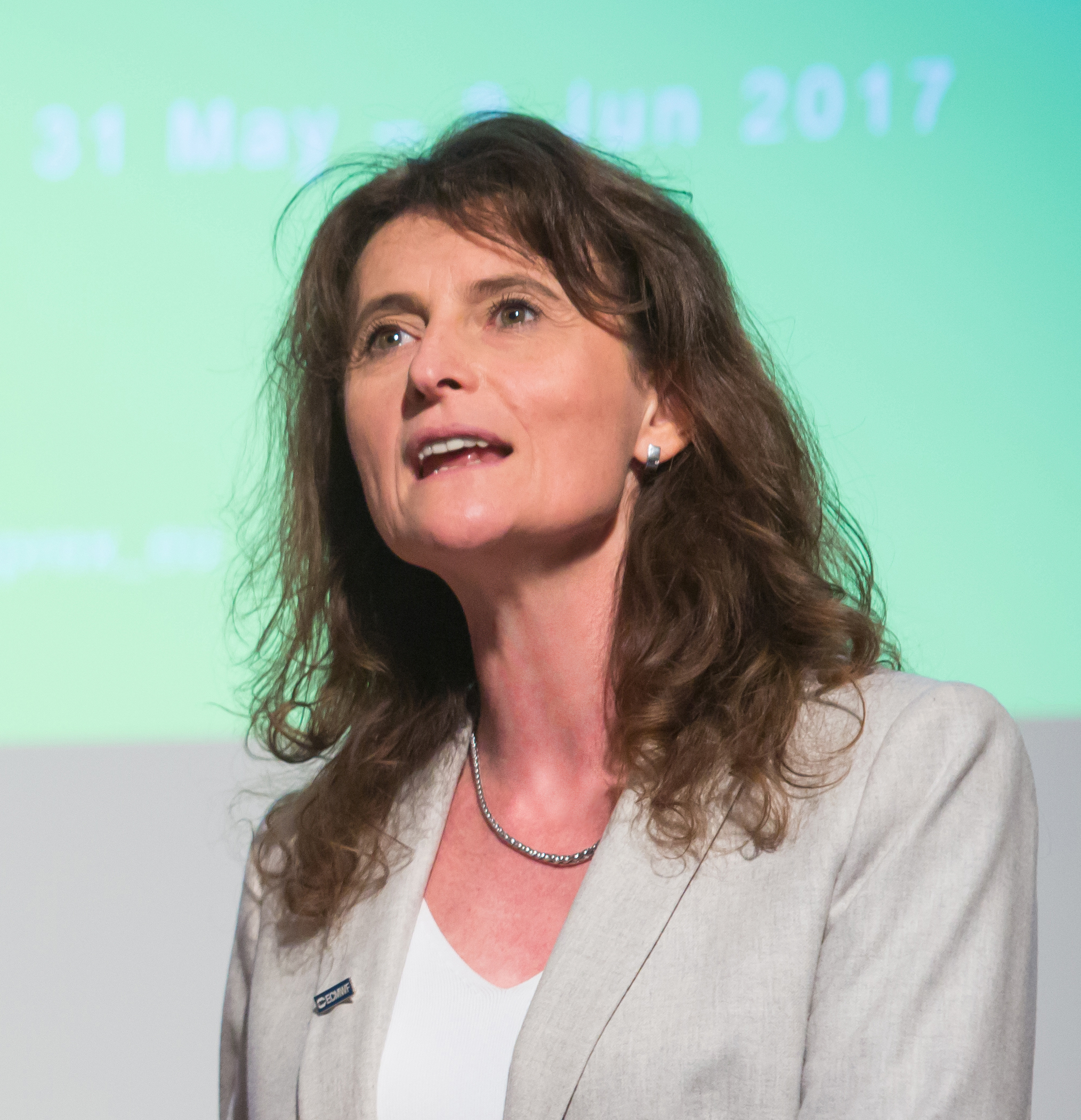
Progress in numerical weather prediction depends on advances in many areas: in the methods used to solve the equations describing global atmospheric flow; in the physics package representing smaller-scale processes; in the models of different Earth system components and their coupling; in the assimilation of Earth system observations to make the initial conditions of forecasts as accurate as possible; and in computing to ensure the timely production and dissemination of increasingly high-resolution forecasts.
Several articles in this Newsletter illustrate the importance of continuous work in all these areas. The successful forecasting of freezing rain in Romania in January this year would not have been possible without prior work on the correct modelling of melting and refreezing processes. Building on external work, changes in the ocean wave model to be implemented in ECMWF’s Integrated Forecasting System (IFS Cycle 46r1) in June this year will improve wave predictions. A new collaboration seeks to address challenging issues in the modelling of orographic drag. The new ECMWF Production Data Store will ensure the continued timely collection of weather data and delivery of forecasts as data volumes grow.
There is another factor fundamental to the success of global numerical weather prediction: the availability of a wide variety of timely, high-quality Earth system observations covering all parts of the globe. ECMWF’s new ERA5 reanalysis of the global weather and climate, presented in this Newsletter, illustrates just how important such observations are. ERA5 includes an ensemble of reanalyses, the spread of which gives an indication of the confidence we can have in ERA5 data. If you look at how that spread has changed over the last five decades, you can see how adding new and better-quality observations has successively reduced the spread and thus increased the confidence we can have in the data.
That is why recent additions to the observing system, such as EUMETSAT’s Metop-C satellite and the deployment of more buoys carrying pressure sensors in the northeast Pacific, are so important. As described in this Newsletter, they help to refine our estimate of the all-important initial conditions at the start of every forecast. New observations are also benefitting the atmospheric composition forecasts produced by the EU-funded Copernicus Atmosphere Monitoring Service (CAMS) implemented by ECMWF: data from the Sentinel-5P satellite, which is part of the EU’s Copernicus Earth observation programme, are now being assimilated by CAMS and are improving CAMS air quality data. Since atmospheric composition interacts with weather processes, we are also working to improve our use of atmospheric composition data for the benefit of numerical weather prediction.
Developing the global observing system requires collaboration between many players. That is why ECMWF collaborates closely with a range of agencies developing and operating weather satellites. In bilateral meetings earlier this year, we reaffirmed our commitment to working with EUMETSAT, ESA and the China Meteorological Administration to ensure that new weather observations will continue to improve forecasts for the benefit of society.
Florence Rabier
Director-General

